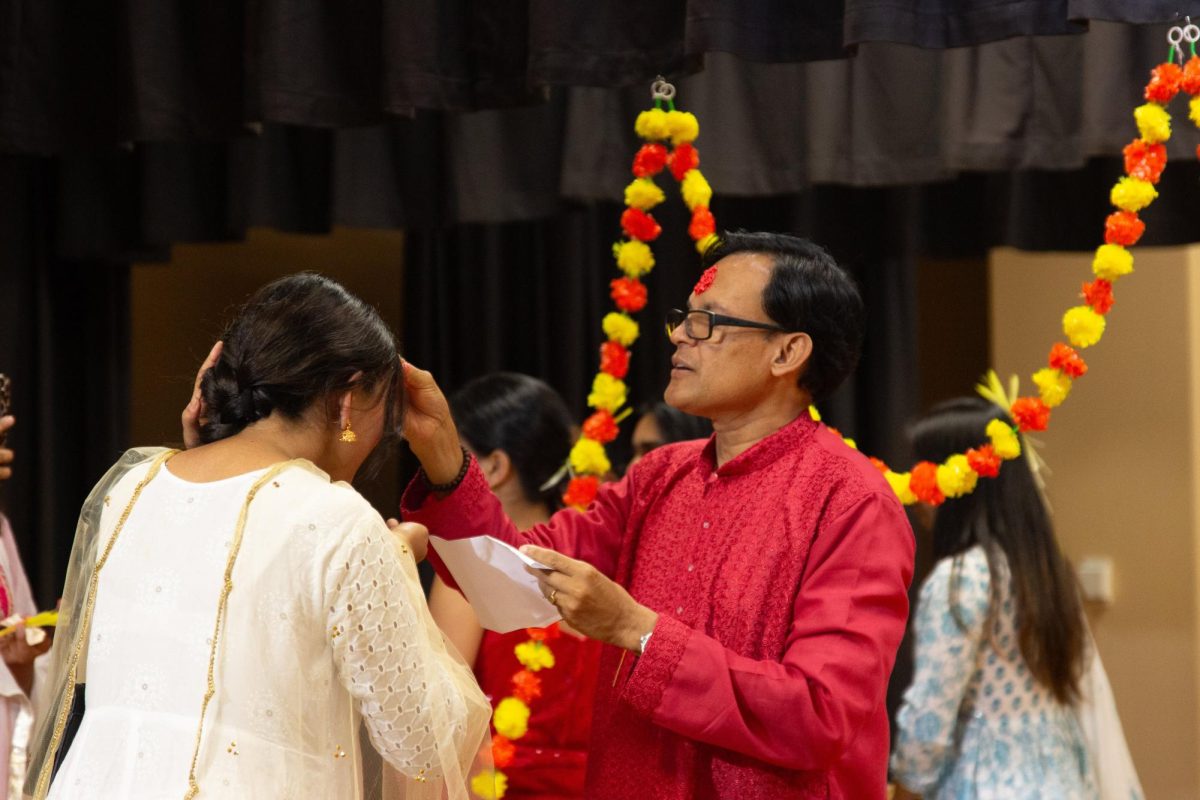Not many know that October is not only breast cancer awareness month, but domestic violence awareness month as well.
Domestic violence is controlling and dangerous behavior that escalates over time. This can include physical, emotional, psychological, sexual or financial abuse.
It can come in many forms. Some think it is only an issue with older or married couples but that isn’t always the case.
College students can become involved in domestic violence through stalking or dating violence. Know the signs and know whom to turn to.
Domestic violence (DV) affects one in four women in the United States. This adds up to three million women being abused in some way by per year.
Women are not the only ones abused.
Men make up 15 percent of all DV cases.
The Wellspring of Northeast Louisiana suggests men aren’t forthcoming with their battle with DV because of society’s image of men.
Men are perceived to be strong and powerful. Therefore, men typically attempt to fight their battles alone.
Juri Thompson, a senior biology major, says that American culture has silenced men from speaking up about being victims of violence.
“I believe that we as men are taught to be tough, leaders in our households and communities. And that by admitting to being abused you are admitting to being vulnerable and weak,” Thompson said.
Monroe showed its support for DV awareness on Oct. 3 at the Downtown RiverMarket.
Supporters dressed in purple, DV’s awareness color, came to hear speakers touch on subjects like what Louisiana does to stop DV in the legal system, shelters that are available for people in this tough situation and even a domestic violence victim.
Louisiana is ranked second in domestic violence cases throughout the nation. It cost $5.3 billion per year for intimate partner violence. And $4.1 billion is used for direct medical and mental health services.
DV doesn’t end once the attacker is out of the victim’s life. The victim may have struggles for months, even years, after they are set free from the abuser.
The crowd at the RiverMarket heard the story of a woman who was burned all over her body with a hot clothing iron by her boyfriend.
Even though the woman was present, her sister told her story. After three years, it was still too hard to for her to talk about it.
Dating violence is something that is found more in our age group than any other.
Lindsay Bruyninckx, a senior mass communications major, says that relationships are all about trust and boundaries.
“Knowing what your partner desires as a relationship is key. I don’t believe in any form of violence in relationships of any kind,” Bruyninckx said.
According to Love is Respect, a non-profit for dating violence, girls and young women between the ages of 16 and 24 experience the highest rate of intimate partner violence—almost triple the national average.
“Talking out our differences is very important without yelling, name calling or threats,” Bruyninckx said.
Stalking is another form of domestic violence seen on college campuses.
It is a repetitive pattern of unwanted, harassing or threatening behavior.
This can come in ways like excessive calling or texting. Other ways are being followed, receiving unwanted gifts and other forms of intrusion.
There is always someone to turn to if you find yourself being a victim of domestic violence. On campus we have the Counseling Center.
For students that live on campus and feel they are being stalked, speak with your (RA) or with ULMPD.
Never fear speaking out about domestic violence. Talking is the first step of ending this crime.




